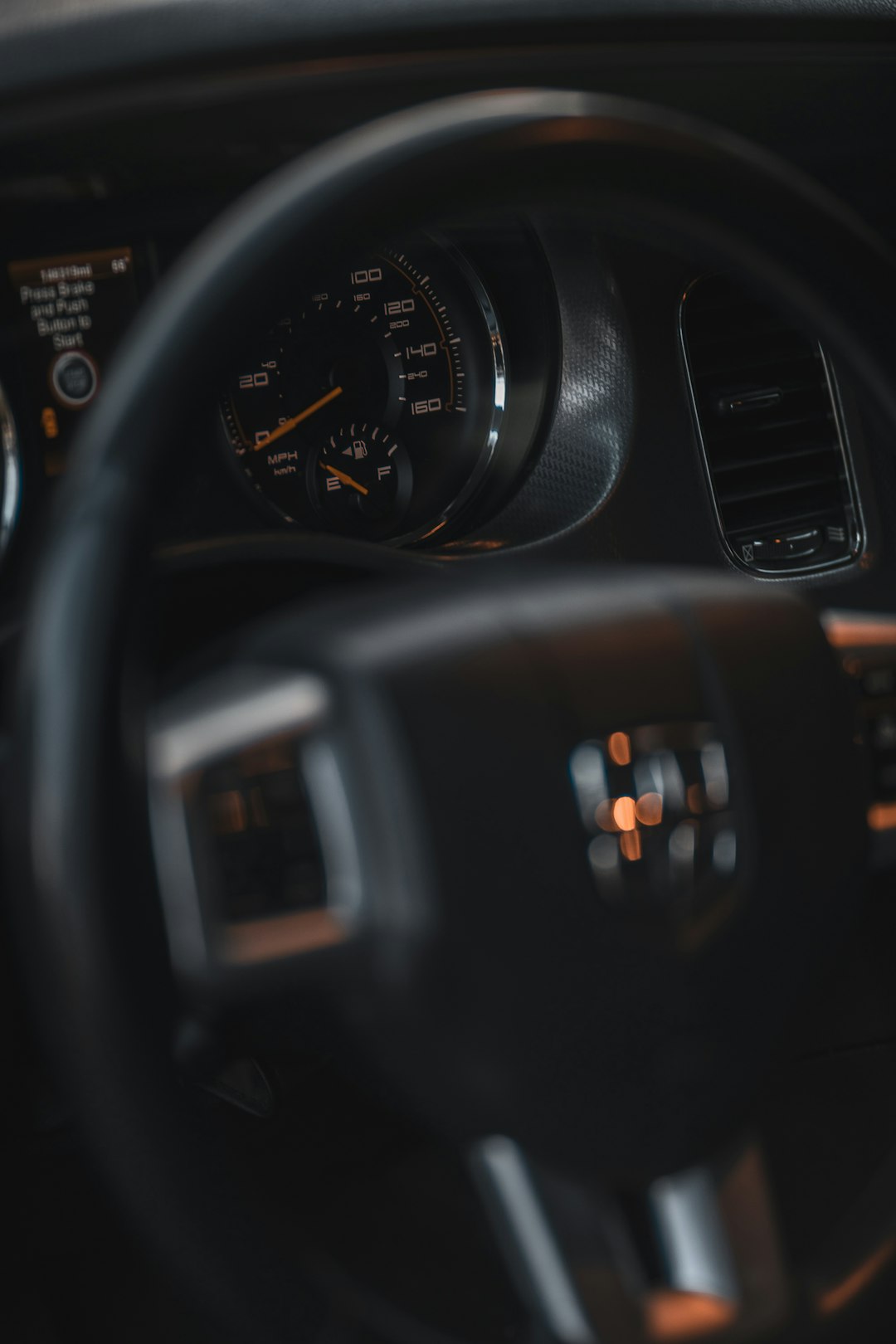As a driver, it is important to take care of your car by performing regular maintenance. While you can always take your car to a professional mechanic for routine maintenance, there are certain tasks that you can easily perform yourself to save time and money. In this post, we will discuss some DIY car maintenance tips that every driver should know.
1. Check and change your oil regularly
One of the most important tasks in car maintenance is checking and changing your oil regularly. Oil lubricates the engine and helps to keep it running smoothly. Over time, oil can become dirty and less effective, so it is important to check the oil level and change it as needed. To check the oil level, simply locate the dipstick under the hood, pull it out, and wipe it clean with a cloth. Then reinsert the dipstick and pull it out again to see the oil level. If the oil level is low, add more oil as needed. To change the oil, drain the old oil from the oil pan, replace the oil filter, and add new oil according to your car’s specifications.
2. Check and replace your air filter
Another important task in car maintenance is checking and replacing your air filter. The air filter helps to keep dust and debris out of the engine, which can improve fuel efficiency and engine performance. To check the air filter, simply locate the air filter housing under the hood, remove the air filter, and inspect it for dirt and debris. If the air filter is dirty, replace it with a new one. Be sure to replace the air filter according to your car’s recommended maintenance schedule.
3. Inspect and replace your spark plugs
Spark plugs play a crucial role in starting your car’s engine and keeping it running smoothly. Over time, spark plugs can become dirty and worn out, leading to poor engine performance and fuel efficiency. To inspect your spark plugs, simply locate them under the hood, remove them, and inspect them for signs of wear and damage. If the spark plugs are worn out, replace them with new ones. Be sure to replace the spark plugs according to your car’s recommended maintenance schedule.
4. Check your tires
Proper tire maintenance is essential for safe driving and optimal fuel efficiency. Be sure to check your tire pressure regularly and inflate your tires to the recommended pressure listed in your car’s owner’s manual. You should also inspect your tires for signs of wear and damage, such as uneven tread wear or bulges. If you notice any issues with your tires, be sure to replace them as needed. Additionally, be sure to rotate your tires regularly to ensure even wear and extend their lifespan.
5. Replace your windshield wipers
Having clear visibility while driving is essential for safe driving. Be sure to inspect your windshield wipers regularly and replace them as needed. If your windshield wipers are leaving streaks or not clearing the windshield effectively, it is time to replace them. You can easily replace your windshield wipers by removing the old wipers and attaching new ones. Be sure to replace your windshield wipers according to your car’s recommended maintenance schedule.
6. Check your brake pads and rotors
Properly functioning brakes are essential for safe driving. Be sure to check your brake pads and rotors regularly and replace them as needed. You can inspect your brake pads by looking through the spokes of your wheel to see if the pads are worn down. If the brake pads are worn down, it is time to replace them. You should also listen for any unusual noises when braking, as this could indicate an issue with your brakes. Be sure to replace your brake pads and rotors according to your car’s recommended maintenance schedule.
7. Perform regular fluid checks
In addition to checking and changing your oil, it is important to perform regular checks of other fluids in your car, such as coolant, transmission fluid, brake fluid, and power steering fluid. Be sure to check the levels of these fluids regularly and top them off as needed. If you notice any leaks or discolored fluid, be sure to have your car inspected by a professional mechanic. Proper fluid levels are essential for the proper functioning of your car’s systems.
8. Keep your car clean
While not necessarily a maintenance task, keeping your car clean can help to prolong its lifespan. Regularly washing and waxing your car can help to protect the paint from damage and corrosion. Additionally, cleaning the interior of your car can help to prevent wear and tear on the upholstery and carpeting. Be sure to take care of your car’s appearance to maintain its value and appearance.
In conclusion, performing regular DIY car maintenance tasks can help to keep your car running smoothly, extend its lifespan, and save you money on costly repairs. By following these tips, you can ensure that your car is in top condition and ready for the open road. Remember to consult your car’s owner’s manual for specific maintenance tasks and schedules, and don’t hesitate to seek professional help if you are unsure about a particular task. Happy driving!

